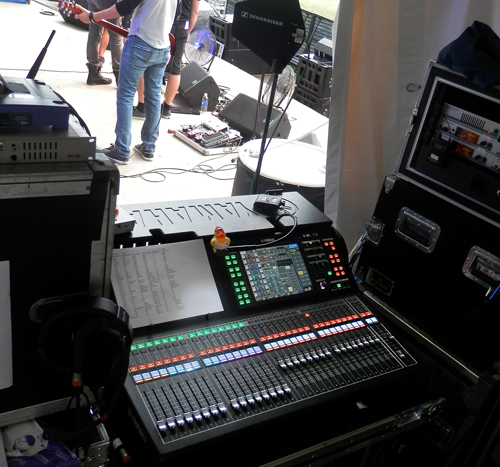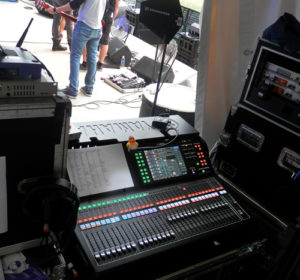
The first question to ask: “What is the musical context?” In other words, the ideal kick drum sound for Metallica obviously wouldn’t wash for the Count Basie Orchestra. Or vice versa.
But more than that – at lot of mixes I hear just sound too dense. Each instrument takes up far too much of the soundstage by way of being too loud, having too wide of a frequency range, and perhaps with too many effects.
Really great mixes have “air” around everything and individual channel EQ is one big reason for this. Distorted guitars are one of the biggest culprits. What sounds good when you are standing in front of your amp ripping your own face of may not be what’s best when mixed with the band.
If there are two guitars, make sure that they each have a different tone so that they can be distinguished in the mix.
And, depending on the music, generally the guitars should not compete with the vocals. It’s probably OK for punk music, but not for much else. Ever notice that hair metal bands that have huge-sounding guitars in the mix also have super-high screaming vocalists?
The Air Up There
Speaking of “air,” one thing I’ve found to be a good tool for producing an open-sounding mix is an overall high-frequency shelf. I typically boost 12.5 and up, by maybe 2-3 dB. This is above the range of vocal sibilance, harsh cymbals, above guitar amps, etc.
But the content that’s in this range includes upper harmonics from acoustic guitars, piano, cymbals, and even a touch of vocal harmonics. It’s a subtle thing but to my ear really helps.
Of course, be careful not to boost any individual channel EQs too much in this same region. It makes certain things stick out too much. In a way, it’s similar to final mastering EQ in the recording process.
Along with adding a touch at 12.5 kHz and above, I also cut down slightly in the low mids. Usually -1 or -2 dB centered on 320 Hz and a Q of two octaves. I move the center around a bit and also maybe adjust the Q a tad depending on the room.
This can also be accomplished with individual channel EQ, but I found that after tweaking each strip, this overall EQ really helped to tighten things up. It tames what is arguably the most obnoxious-sounding area of the audio spectrum.

